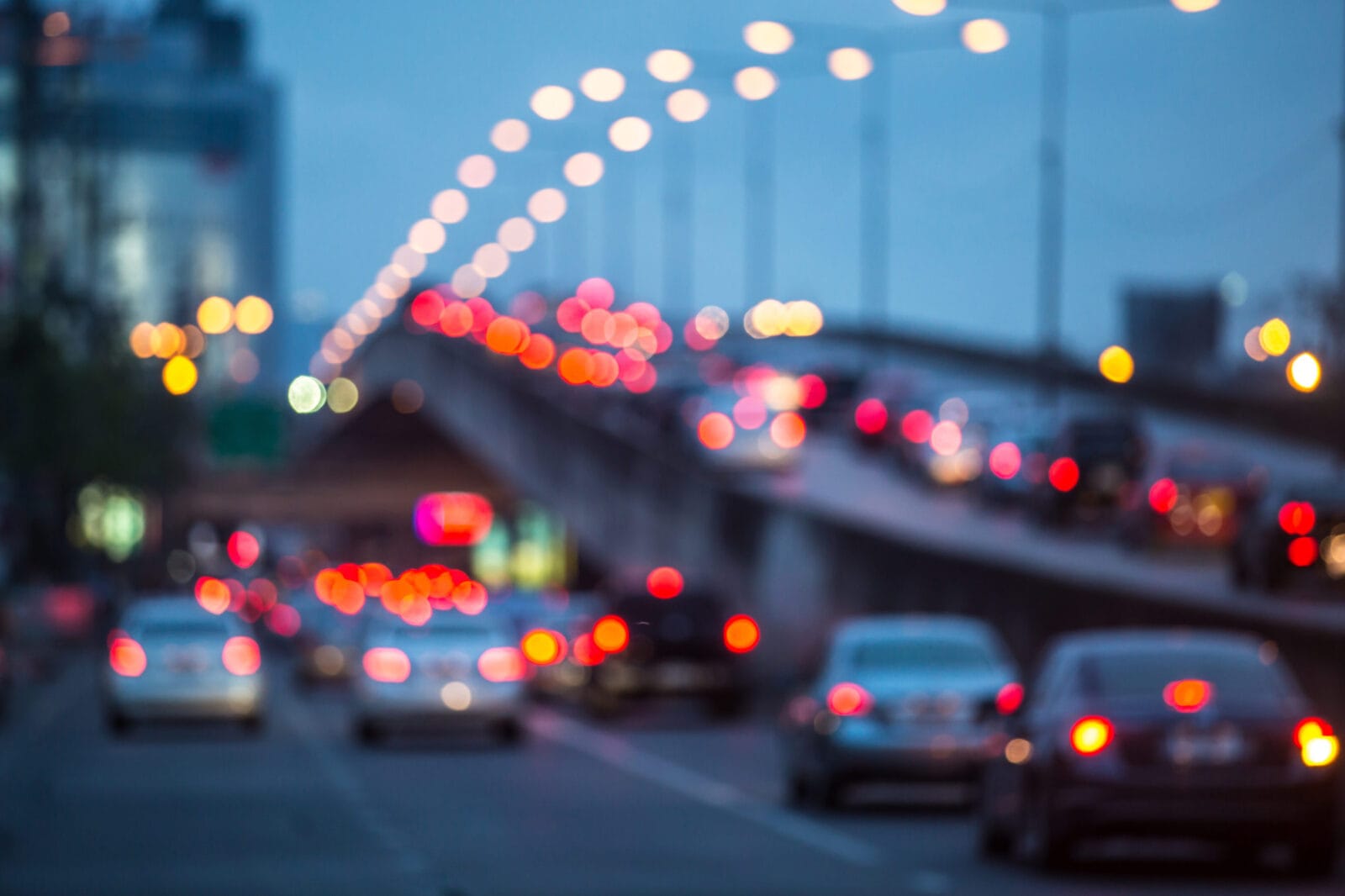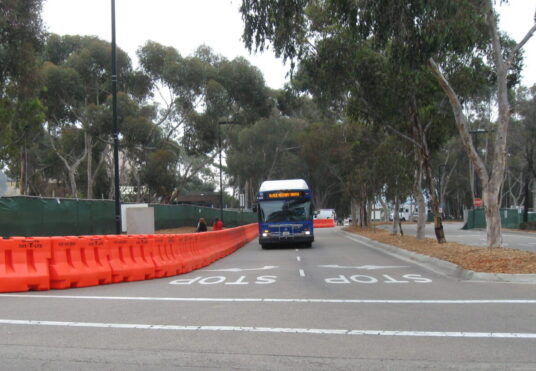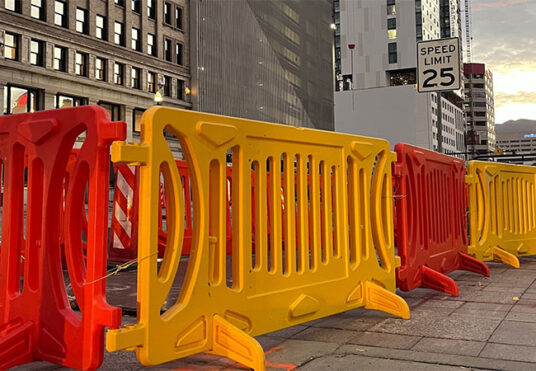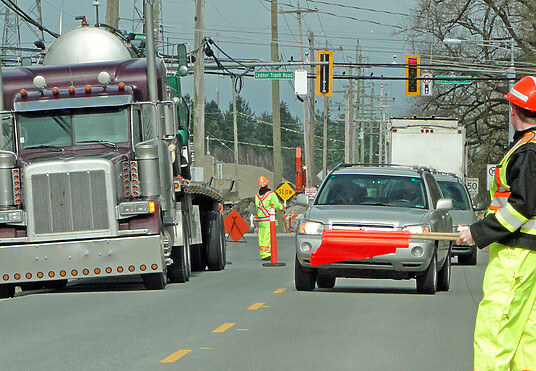Traffic Control Devices: 4 Safety Facts About Plastic Barriers

Traffic control devices come in all shapes and sizes. From simple traffic signs to long formations of longitudinal channelizing devices (LCDs), all of these items play important roles in protecting both motorists and construction crews along roadsides. At OTW Safety, we specialize in manufacturing safety equipment like plastic barriers, which are often essential products for construction companies.
Today, we’d like to share four key safety facts about these items so that professionals in the field can make more informed decisions about purchasing safety equipment.
1. Water-Filled Barriers Make Crashes Less Severe
The worst-case scenario in any roadside construction project is an automobile accident. Unfortunately, traditional construction barriers made from concrete and cable do little to mitigate the damage from these crashes. In fact, accidents where drivers collide with either of these models produce roughly 30% fatality rates.
Plastic, water-filled barriers on the other hand are designed to make crashes much less severe. Their unique shape and design minimize impact damage and provide meaningful protection for construction workers and motorists. Certain plastic barriers (LCDs) are even TL-3 rated and approved for use in high-speed construction zones. Plastic barriers are very durable –– many can last for years without replacement –– and plastic barriers have been deployed across many different climates and regions, ranging from Alaska to Florida.
2. Plastic Barriers Produce High Visibility
Black, gray, and beige barriers are –– unsurprisingly –– sometimes difficult to see. It can be particularly difficult for pedestrians/drivers to see these traffic devices in poor weather conditions. Plastic barriers, however, can come in an array of bright, easy-to-see colors –– most notably, safety orange. (Although, companies can also order customized colors for barriers based on their needs or their branding style.)
3. Plastic Barriers Can Form Continuous Lines
Unlike some barriers which can’t connect together, plastic barriers are designed to interlock with each other and form continuous lines. As one might imagine, this provides greater protection than, for example, a series of traffic cones might. What’s more, these lines are sturdy and when plastic barriers are filled with full water ballast, they can weigh up to several hundred pounds.
4. Plastic Traffic Barriers are Extremely Versatile
Perhaps the most obvious advantage plastic barriers hold over heavier alternatives like concrete is their portability and versatility. Simply put, plastic barriers are much easier to move, transport, set up, and break down than conventional traffic barriers. This means that professionals can quickly rearrange plastic barriers on an as-needed basis. Tasks that might normally take a construction company days to complete with concrete barriers may only take a few hours if they use plastic ones instead.
Plastic barriers are also compatible with a wide range of ancillary traffic control devices. This includes items like barricade fence panels that provide extra coverage and privacy, barricade flags, and numerous forms of hazard lights.
Contact Us
At OTW, our first priority has always been to create high-quality safety products. We don’t just sell safety equipment –– we manufacture it ourselves. We’re experts in this field and we’re happy to work directly with clients to find the perfect solution to fit their situation. From parking lots to high-speed construction zones, OTW has got you covered. Contact us here to learn more or to get started with us today.



